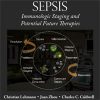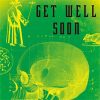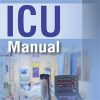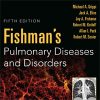Cost-effectiveness of Adrenaline for Out-of-Hospital Cardiac Arrest
pubmed.ncbi.nlm.nih.gov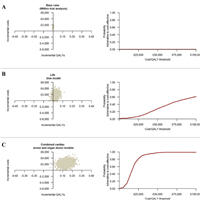
Adrenaline was not cost-effective when only directly related costs and consequences are considered. However, incorporating the indirect economic effects associated with transplanted organs substantially alters cost-effectiveness, suggesting decision-makers should consider the complexity of direct and indirect economic impacts of adrenaline.
We estimated the costs, benefits (quality-adjusted life years (QALYs)) and incremental cost-effectiveness ratios (ICERs) associated with adrenaline during the 6-month trial follow-up.
The within-trial (6 months) and lifetime horizon economic evaluations focussed on the trial population produced ICERs of £1,693,003 (€1,946,953) and £81,070 (€93,231) per QALY gained in 2017 prices, respectively, reflecting significantly higher mean costs and only marginally higher mean QALYs in the adrenaline group.
The probability that adrenaline is cost-effective was less than 1% across a range of cost-effectiveness thresholds.





